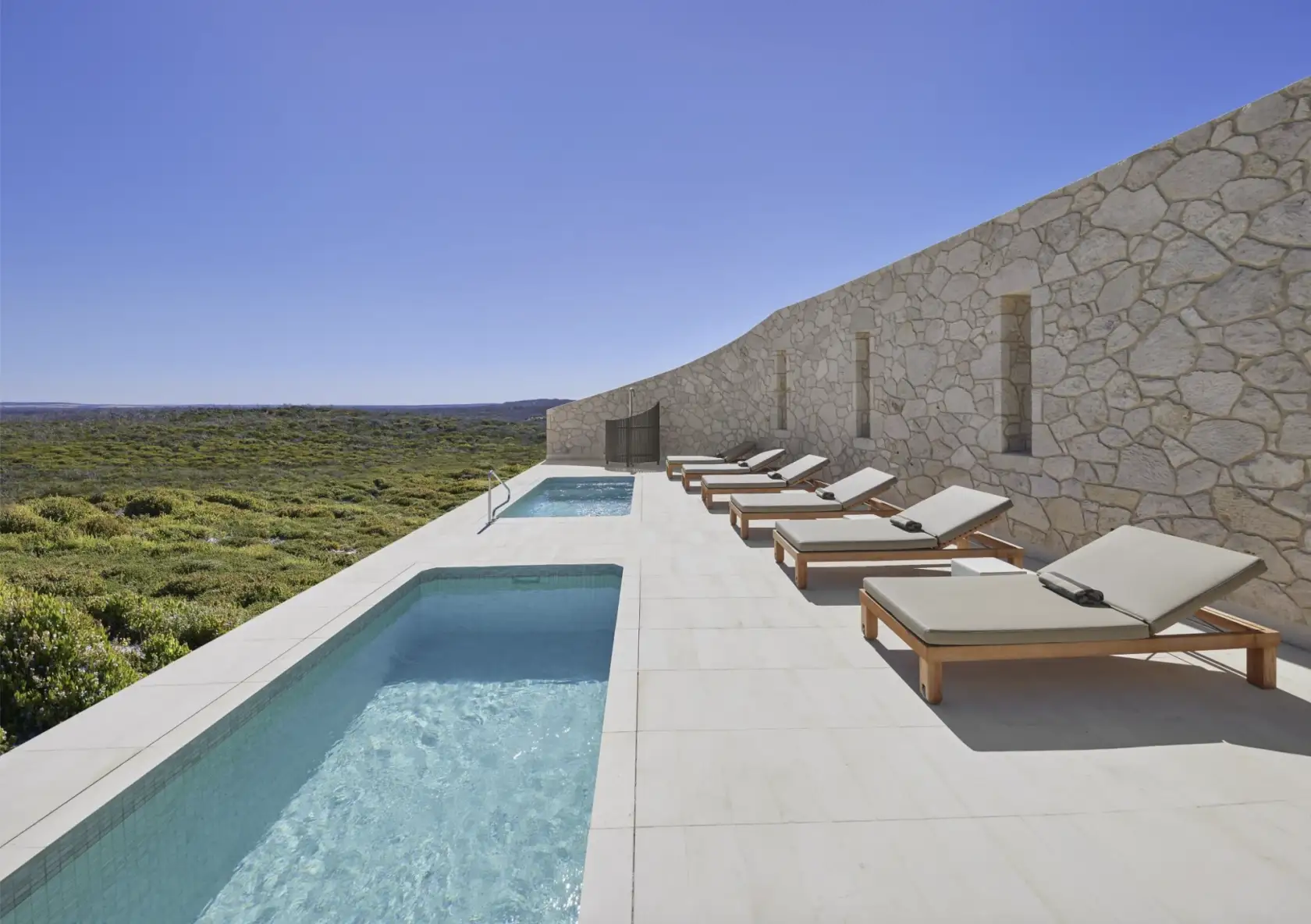

Unveiling the Power of Solar Pool Heating
Imagine extending your pool season by up to four glorious months – a prospect made possible through the marvels of solar pool heating. This eco-friendly solution harnesses the sun's energy to warm your pool, promising both delightful swims and cost-effective heating.
A Solar Symphony: How It Works
The essence of solar pool heating remains refreshingly simple, regardless of the system's type. The process involves circulating pool water through a series of tubes, known as the collector, typically positioned atop your roof. As water journeys through these tubes, it absorbs the sun's warmth before returning revitalised to the pool. Collectors come in various forms, often composed of EPDM Rubber or PVC/TPR materials, assembled in multi-tube panels.
Key Factors Influencing Solar Pool Heating
Delving into solar heating's nuances reveals a series of vital considerations shaping its effectiveness:
Collector Size and Density: The larger the collector area, typically expressed in square meters, the more efficient the system becomes. Collector density directly correlates with your pool's surface area.
Ideal Location: Maximising sun exposure significantly impacts your system's performance. Placing collectors on north-facing roofs optimises their potential, although deviations can be accommodated with proportional increases in collector area.
Control System: Employing temperature-sensing controls ensures heating occurs only when the sun's warmth can be effectively harnessed.
Navigating Collector Size: Balancing Efficiency and Performance
Selecting the appropriate collector area involves a careful balance between efficiency and your pool's unique characteristics. According to Australian Standard AS3634, an area equivalent to 60% of your pool's surface is recommended for optimal conditions in Sydney, Newcastle, and Wollongong. However, variations in local climate, shading, roof orientation, and collector type call for adjustments to ensure optimal results. SPASA suggests a minimum area of 80% for most installations to strike a harmonious equilibrium.
Precision in Placement: A Dance of Elements
Achieving the best from your solar system necessitates strategic collector placement. To bask in the sun's embrace, ensure your collector enjoys unobstructed exposure for at least six hours daily. Elements influencing placement encompass pool surface area, roof orientation, potential shading, and roof colour.
Pump Dynamics: Powering the Solar Flow
Efficient water circulation relies on the right pumping setup. Opt for your existing pump or opt for a dedicated pump, but ensure it meets critical criteria:
Maintains pool water turnover for filtration purposes
It avoids exceeding the manufacturer's maximum pressure limit
Handles the collector circuit's static head and friction losses
A dedicated solar pump often proves essential for optimal operation, boasting a flow rate of 100 to 200 litres per minute for standard domestic installations. Verify that the chosen pump aligns with the collector's required design flow rate, which varies with the tubing diameter.
The Essential Role of Solar Controllers
Predicting when the sun will grace us with its presence remains challenging, rendering traditional time clocks ineffective for solar systems. Enter temperature-sensing controllers, the key to efficient solar pool heating. These intuitive devices activate the solar pump only when heat can be efficiently captured, ensuring maximum gain and preventing the cooling effect of circulating water through a cold collector.
Seamless Transition and Ongoing Care
As your solar heating journey unfolds, meticulous handover and comprehensive documentation ensure a smooth experience:
Certification: Receive a document certifying your system's successful installation and commissioning.
Comprehensive Component List: Gain insight into major components, including collector size, control system specifics, and pump details.
Warranties: Secure copies of warranties from both component manufacturers and installers, offering peace of mind.
Operational Guidelines: Equip yourself with operational, maintenance, and servicing instructions in an easily understandable format.
Installer Information: Retain records of installation dates and contracting installer details.
Unleash the Full Potential: Embrace Solar Pool Heating
Pairing solar pool heating with an efficient pool blanket magnifies its benefits, helping you embrace the power of renewable energy while enjoying extended pool enjoyment. Dive into the world of solar innovation and relish every moment of your rejuvenated aquatic oasis.
